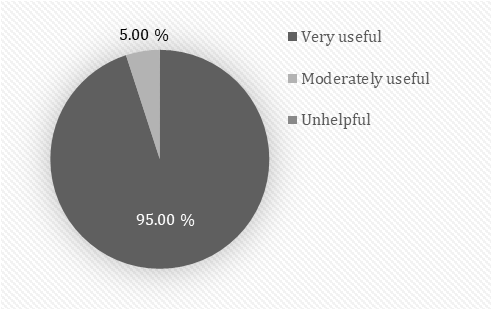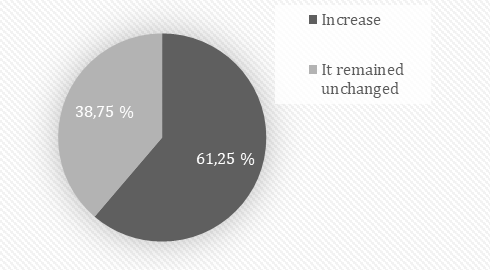The partial or total virtualization of higher education is a relevant aspect that, in the last decade, has boomed in university students' teaching and learning processes [14-15]. Currently, online university degrees and postgraduate degrees are more common and an excellent option for people who want to opt for a degree or a specialization in their area of knowledge but do not have the time to take a traditional degree [16].
In 2020, humanity faced one of the most significant pandemics of the last 100 years, forcing many changes in what was considered normal [17]. Teaching, and in particular university teaching, was one of the affected areas that quickly had to evolve and migrate from the traditional face-to-face teaching method to a methodology that made use of ICT and the virtualization of education during the years 2020 and 2021 [16-18].
These circumstances represented a great challenge for teachers worldwide since many were not prepared to go from classroom to virtual in such a short time [6,18-19]. The previous meant the search for innovative strategies and tools for the development of the study topics of the various areas of knowledge; in addition to the expeditious and adequate training in the use of these [6,9,20].
The ICT became new allies in the teaching and learning processes. They allow devising strategies such as developing synchronous virtual classes, explanatory videos, and discussion forums on various platforms [19,21-22].
However, there are some courses whose contents are mathematical and represent a challenge for the teacher. In addition, the virtualization of lessons that traditionally involved the use of a blackboard has represented a problem both for explaining the topics and for adequate learning by students [9,23].
A modern tool that has helped to solve this virtualization obstacle is the light board. It consists of a device like a blackboard, which, through black light and fluorescent ink markers, favors the explanation of topics in real-time or the realization of videos, with which the student can feel as if he were in class in front of the blackboard [12-13,23].
The Pharmacy career taught by the UCR has within its curriculum courses in which mathematical topics are essential in training new pharmacists. Examples of these are the Pharmaceutical Physicochemistry II and Biopharmacy and Pharmacokinetics courses. The first one analyzes contents related to the colligative properties of substances and the preparation of isotonic solutions for clinical use. The second one includes the mathematical equations that describe the pharmacokinetic models to which the drugs administered by the diverse routes of administration are adjusted (for example, the oral route or the intravenous bolus). The preceding motivated the teaching staff to seek practical and friendly strategies for developing these topics that require blackboard utilization to avoid hindering the students' learning process. The light board became an ally during the virtualization of these courses during the COVID-19 pandemic, allowing the production of at least 19 explanatory videos on the topics. Figure 5 shows a sequence of photos taken from one of the videos made in
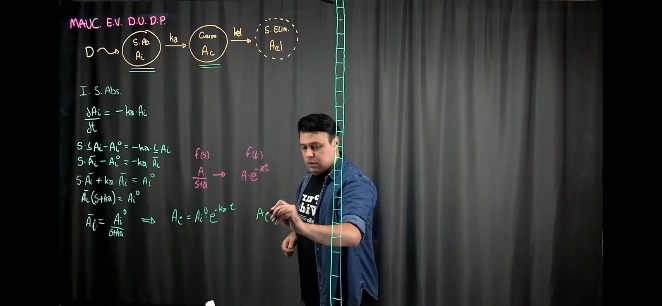
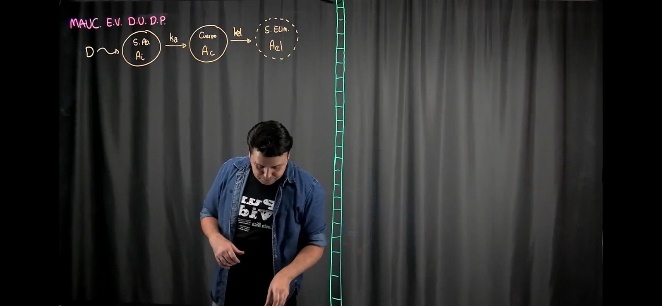
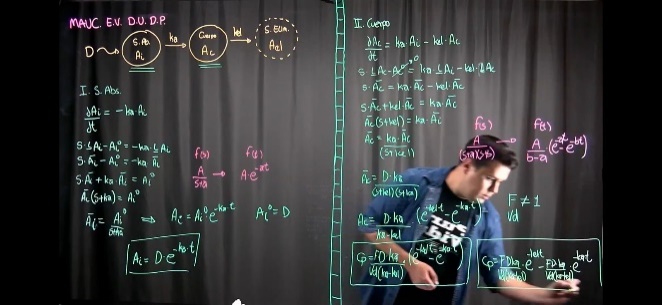
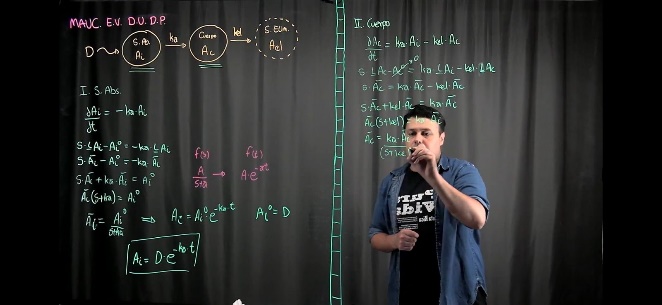
Figure 5: Visual example of the use of the light board as a didactic tool in the virtualization of education
which the derivation of the pharmacokinetic equation that describes the behavior of drugs after oral administration of a drug is explained.
Because this tool had never been considered in these courses, it was decided to consult the student population N = 80 about their experience with it and its relevance in learning mathematical topics during 2020 and 2021.
One of the main concerns of the teaching staff of the courses was the acceptance that this new tool could have as input for studying the topics of the courses. All the students Table 1 were willing to invest time using the explanatory videos made with the help of the light board as a complement to their study strategy, dedicating at least one hour. The change in the paradigms is not always well received, often showing resistance to the adaptation of people [24-25]. However, probably due to technology's progress in recent years, these strategies are well received and accepted by university students [25].
Every time a change is made, or a modification is included in the teaching and learning processes. It is necessary to evaluate and validate the relevance and usefulness of the strategy [26-28]. All the students surveyed considered this a valuable tool for learning the mathematical content developed in the courses where this strategy was implemented (Figure 1). Whenever it seeks to innovate in the educational process, efforts should be directed to achieving success in the learning of students who will be affected by the implemented changes so that, when an improvement in teaching is successfully implemented, this must be documented [29].
Any new didactic strategy to be implemented as support for students must be clearly defined and have specific objectives that allow success in the intended learning [29-30]. The changes in the teaching methodologies must contribute to the ordering of the thematic contents, favor their understanding, offer an option to improve their explanation and facilitate their study and learning [6,14,31].
A large majority of the pharmacy students who used videos in which mathematical topics were developed through the light board were pleased with this strategy since they considered that the study of these topics was orderly, which allowed them a clear understanding of them by being explained in a better way. Likewise, their study was more accessible, favoring better learning. Given the need for the virtualization of education due to the pandemic, one of the most relevant challenges for teachers is ensuring students' complete understanding [11,18,31]. As our results show, the light board became a tool that made it possible to meet this goal Table 2. In addition, the pharmacy students of the UCR qualified very positively to use the light board for the development of mathematical topics Figure 2. This qualification reaffirmed the importance of optimal learning of the contents for them in their training as future professionals, the goal of those who choose a university degree [5,15,29].
The proposed teaching strategies should aim to maintain the student's interest in learning about an area of knowledge and even increase it over time [32]. Our results revealed that most of the students who used the videos made with the light board experienced an increase in their interest in studying the topics developed with this tool Figure 3, thus, validating the relevance of dealing with mathematical issues using didactic inputs like this one.
The vast majority considered that this tool should be implemented in other courses like those where it was applied Figure 4. University teaching demands new learning techniques daily that adjust to the technological requirements of current student populations so that successful experiences are implemented. These should be considered as possible inputs in the courses that university students must attend to optimize their professional training [16-19].

